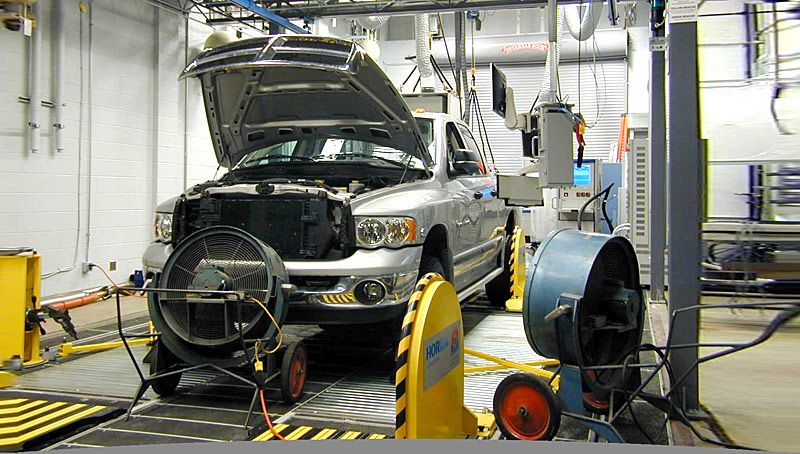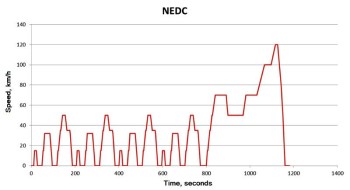Why actual fuel consumption in most of the cases differs from what automakers or computers claims?
What is it – inescapable error or deliberate skullduggery?
Carmakers lately often advertise their vehicles, noting the low consumption, they realize their models. In practice, many test drivers and owners of these vehicles are often disappointed with the numbers that are much larger than the
factory declared, and we have seen a recent court decision in the United States, which requires one of the car brands to pay huge amount of money just for rigging these data.
What are the standards by which to measure the factory declared fuel consumption of new cars and why the very small number of cases that match the real number?
What Europeans call factory declared fuel consumption is measured in NEDC (New European Driving Cycle) standard. After these standardized tests results are obtained for vehicle consumption in urban and suburban exploration.
Testing
Testing is done in a carefully controlled environment and after a complicated procedure and it will only transfer the basic and most important details.
The test is performed on unheated car engine while the temperature must be in the range between 20 and 30 degrees Celsius in the absence of wind. Because these tests are carried out indoors on rollers. Thus provide identical conditions for all cars – off climate, air resistance and mass of the vehicle.
The tests are performed completely off consumers without air included, rear window heater, radio, lights etc…
The measurement of average consumption in city is derived from the first 780 seconds of the test, while the average consumption on the open road is measured from 780 seconds to 1180 seconds of driving.
The average of these two values gives the average consumption figure, which achieves a car.
The most common fault for criticizing these norms are hiding the fact that these standards are set at a time when European cars were much lighter and thinner than today.
Also, experts say that the standards should be more responsive to the real driving conditions in which drivers often accelerated sharply and use a number of electrical consumers that are embedded in the vehicle.














Facebook Comments